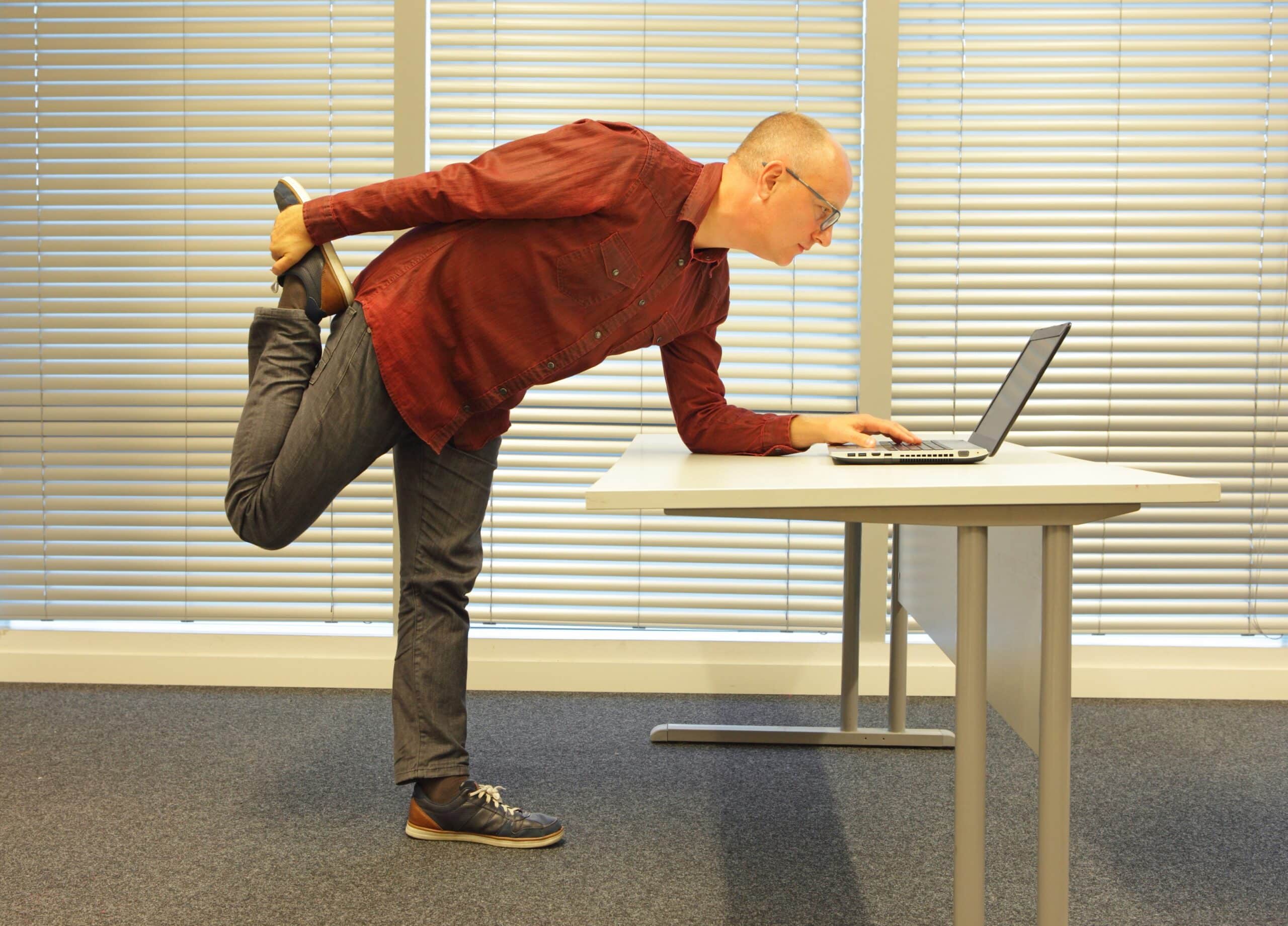For this study, the researchers analyzed data from six studies involving 15,246 people from five countries who wore wearable devices on their thighs to measure their activity over a 24-hour period as well as having their heart health measured. The researchers identified a variety of behaviors making up a typical 24-hour day with time being spent from doing moderate-vigorous activity providing the most benefit to heart health, followed by light activity, as well as standing and sleeping time compared with the adverse impacts of sedentary behavior. Then the researchers modeled what could happen if a person changed various amounts of one behavior for another each day for one week to estimate the effects of each scenario on heart health.
According to the researchers, those who are the least active were found to gain the greatest benefits from changing sedentary behaviors to more active ones, and as little as five minutes of moderate-vigorous activity had a noticeable effect on heart health. For example, a 54-year-old woman with a BMI of 26.5 who did a 30-minute change translated to a 0.64 decrease in BMI, representing a difference of 2.4%. Replacing 30 minutes of sedentary time with moderate or vigorous exercise could also translate into a 2.7% decrease in waist circumference or a 3.6% l decrease in glycated hemoglobin.
“The big takeaway from our research is that while small changes to how you move can have a positive effect on heart health, intensity of movement matters. The most beneficial change we observed was replacing sitting with moderate to vigorous activity – which could be a run, a brisk walk, or stair climbing – basically any activity that raises your heart rate and makes you breathe faster, even for a minute or two,” said Dr Jo Blodgett, first author of the study from UCL Surgery & Interventional Science and the Institute of Sport, Exercise & Health.
It was noted that while time spent doing vigorous activities was the quickest way to improve health there are other ways to improve health. However, the lower the intensity of the activity, the longer the amount of time it will take to start having a tangible benefit. For example, using a standing desk for a few hours a day rather than sitting will be beneficial, but this is a change over a relatively long amount of time. But this change could easily be incorporated into a working routine fairly easily and does not require any time commitment to make the change making it effective over the long term.
“A key novelty of the ProPASS consortium is the use of wearable devices that better differentiate between types of physical activity and posture, allowing us to estimate the health effects of even subtle variations with greater precision,” said Professor Emmanuel Stamatakis, joint senior author of the study from the Charles Perkins Centre and Faculty of Medicine and Health at the University of Sydney.
“Though it may come as no surprise that becoming more active is beneficial for heart health, what’s new in this study is considering a range of behaviours across the whole 24-hour day. This approach will allow us to ultimately provide personalised recommendations to get people more active in ways that are appropriate for them,” said Professor Mark Hamer, joint senior author of the study from UCL Surgery & Interventional Science and the Institute of Sport, Exercise & Health.
“We already know that exercise can have real benefits for your cardiovascular health and this encouraging research shows that small adjustments to your daily routine could lower your chances of having a heart attack or stroke. This study shows that replacing even a few minutes of sitting with a few minutes of moderate activity can improve your BMI, cholesterol, waist size, and have many more physical benefits,” said James Leiper, Associate Medical Director at the British Heart Foundation.“Getting active isn’t always easy, and it’s important to make changes that you can stick to in the long-term and that you enjoy – anything that gets your heart rate up can help. Incorporating ‘activity snacks’ such as walking while taking phone calls, or setting an alarm to get up and do some star jumps every hour is a great way to start building activity into your day, to get you in the habit of living a healthy, active lifestyle.”




